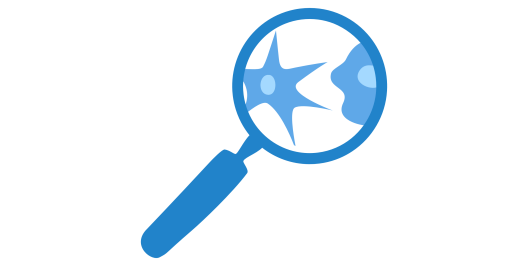Analysis Software
Arivis Hub
Central access point for projects, models, and workflows in the Arivis ecosystem, with support for batch analysis and execution of pre-defined analysis pipelines.
Arivis Pro
Visualises and analyses large 3D and 4D image datasets, e.g., from confocal or light sheet microscopy.
CellProfiler
Automates the analysis of large amounts of biological image data, for example for cell counting or structure detection, using batch processing and pipeline workflows.
Huygens Professional
Specialized in deconvolution of microscopy images to improve image quality. Corrects blurring and optical distortions caused by the microscope system. Compatible with various microscopes. The Münster Imaging Network offers two network licenses for using Huygens Professional.
Official Huygens website
Huygens quick guide
NyquistCalculator
The Nyquist Calculator determines optimal settings (pixel size and Z-step size) for image acquisition intended for deconvolution. Also available as an app.
Fiji
Image analysis software with many plugins for processing and analysing biological microscopy images.
LAMA – LocAlisation Microscopy Analyser
Extracts quantitative information from single-molecule localisation data, e.g., for SMLM analysis.
Picasso (for DNA-PAINT Analysis)
Analysis and reconstruction software for high-resolution DNA-PAINT data.
PSFj
Tool for evaluating microscope performance by analysing the point spread function (PSF).
QuPath
Enables visual annotation and quantitative analysis in digital pathology, e.g., slidescans of tissue sections.
rapidSTORM
Fast and highly configurable processing tool for single-molecule localisation microscopy (SMLM) data.
rapidSTORM






